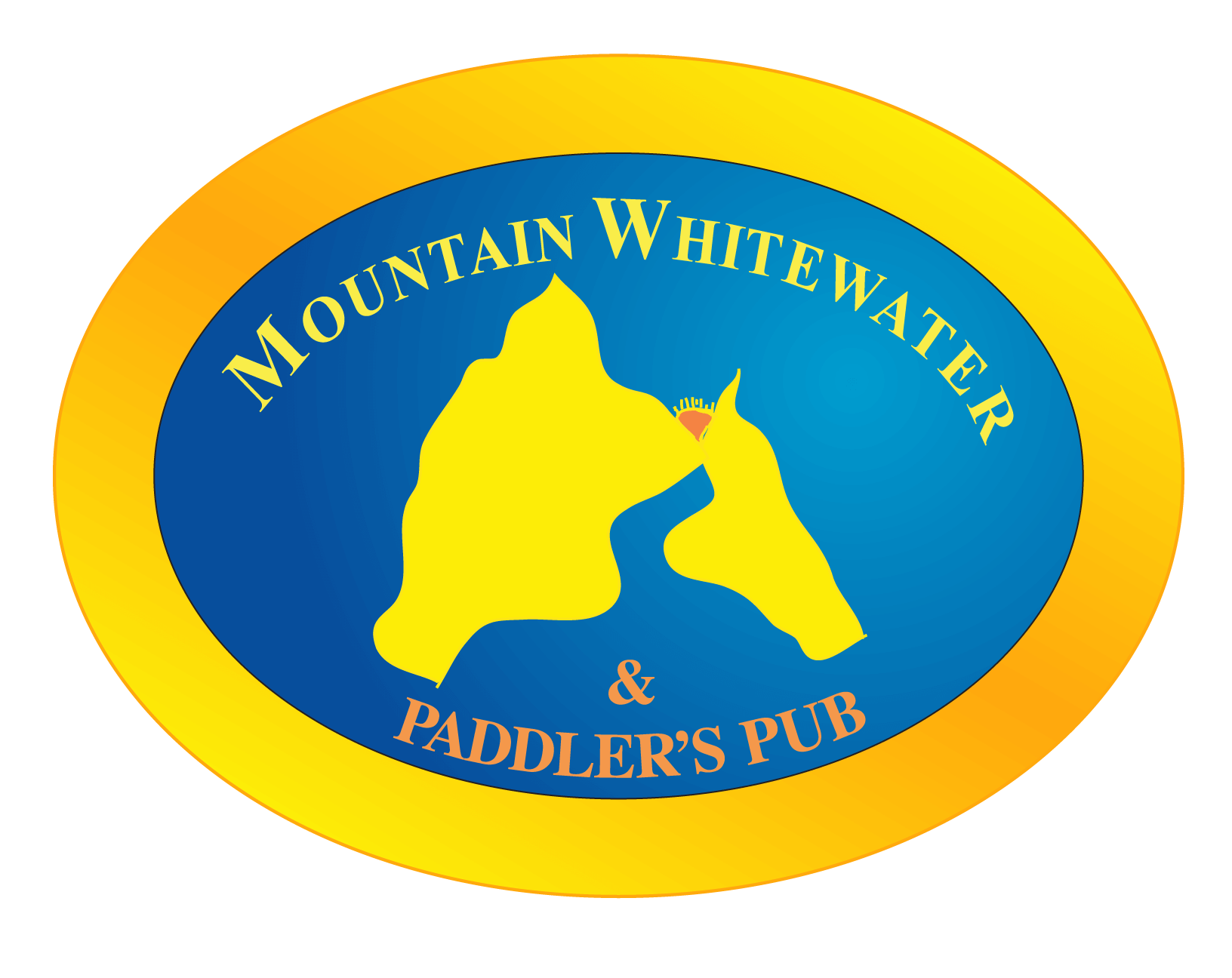Raft Guide Training School 2024 | Mountain Whitewater
by Lindsey Modesitt, January 2024 Are you looking for a challenging, active, and rewarding career in the outdoors? If so, raft guide training school at Mountain Whitewater is perfect for you. Become a certified raft guide in the State of Colorado and earn the chance to be part of the Mountain Whitewater team by enrolling…
